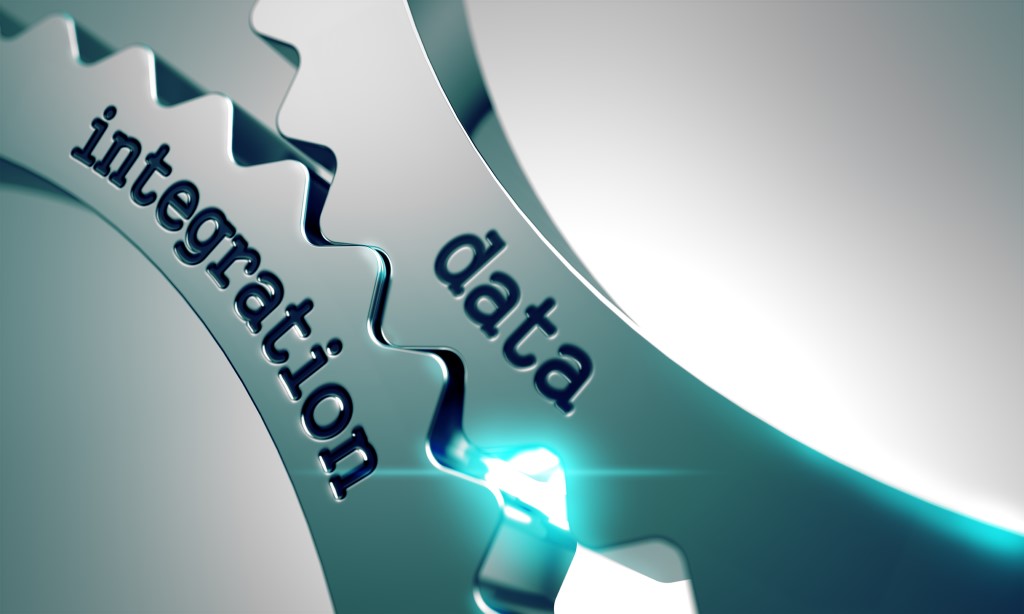Data collection and integration really is a case of the more the merrier. Payroll and human capital management (HCM) systems each hold a considerable amount of information about each employee. Companies can exponentially amplify the value of all this data when payroll and HCM systems share their data with each other.
Moving data past transactional utility into a high ROI business asset
Originally, only the minimum data points required for a certain use case, like paying an employee, were captured. As technology improved, businesses started collecting more nuanced information. In addition to date and time, punch clocks could track data about the location where that work was done and for which department. Almost simultaneously, businesses also started to generate analytics about their data. The business goal was – and is – to extract comprehensive value from this growing store of data that companies can use for more strategic purposes.
IBM identifies four properties required for a business to extract value from its data:
-
Volume: How much data do you have?
-
Velocity: How quickly do you do you get your data?
-
Veracity: How accurate is your data?
-
Variety: How diverse is your data?
Two-way integration between payroll and HCM turns the dial up in each category. The two-way integration improves the strategic utility of data while improving the efficiency of its use in those fundamental HR transactions, like paying workers accurately and tracking their employment history.

Improving data veracity by improving data velocity
When payroll and HCM don't share data directly, data gaps appear. Slow data updates can result in inaccurate payroll due to missed changes in payroll deductions, role(s) worked, or pay rate. If the data is shared manually, companies undermine data accuracy by increasing the opportunity for human error.
A two-way integration can cycle data between the two systems multiple times a day. Because specific data points are only collected once and then shared, there's no risk of conflicting data confusing payroll or HR. Instead, each department has near real-time access to the most accurate data available. Now, new hire data slides seamlessly into payroll systems and performance assessment reports pull the most up-to-date attendance records.
The increased speed and accuracy of data reduces both the administrative costs of payroll and HR management and potential liability for noncompliance with any of the myriad applicable labor laws and regulations.
Increasing data variety and volume to increase data value
The increased speed and accuracy of data available to both payroll and HCM systems benefits the transactional requirements of both departments, improving both the bottom line and morale.
Layering in increased data variety and volume helps transform the data into a strategic asset. For example, a recruitment team that can directly analyze schedule adherence and absentee patterns now knows what sort of hours and shifts availability to prioritize when searching for new hires. Finding the workers who clock in for more than one role helps HR identify potential managers, good candidates for cross or up-training, or people who will be helpful peer mentors to new hires.
When both payroll and HR teams have a wider variety of data in their own systems, they can get more creative in their analyses how to understand where the weaknesses and opportunities are in their own operations. Since both teams have more time due to the two-way integration improving accuracy and efficiency of their core functions, they have the time to invest in these higher value, more strategic projects.
Transparency is empowering
Sharing data does improve efficiencies and lower costs, but smooth, automated integrations achieve much more. The transparency of data and information across the company creates a cohesive foundation from which all departments are making decisions.




